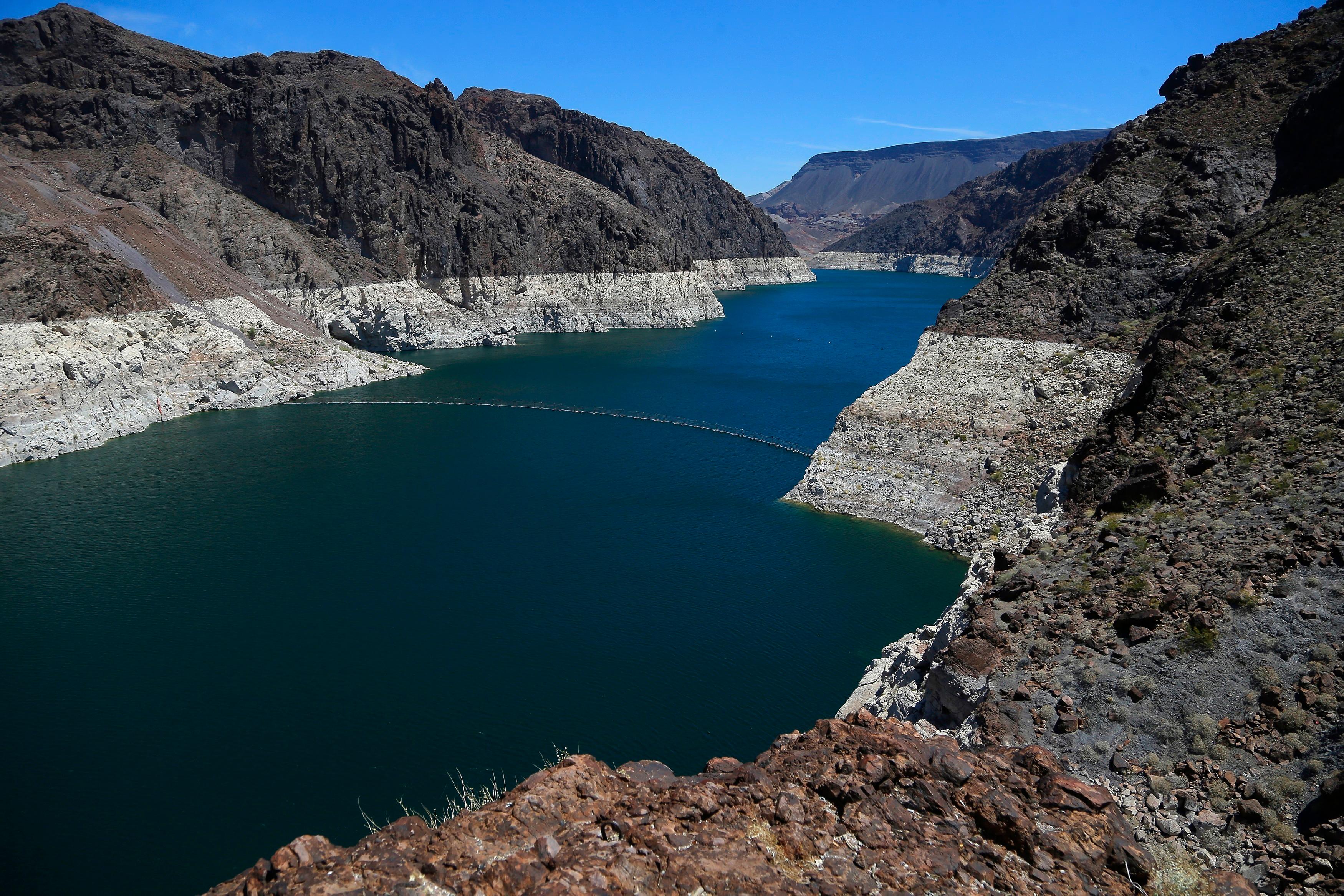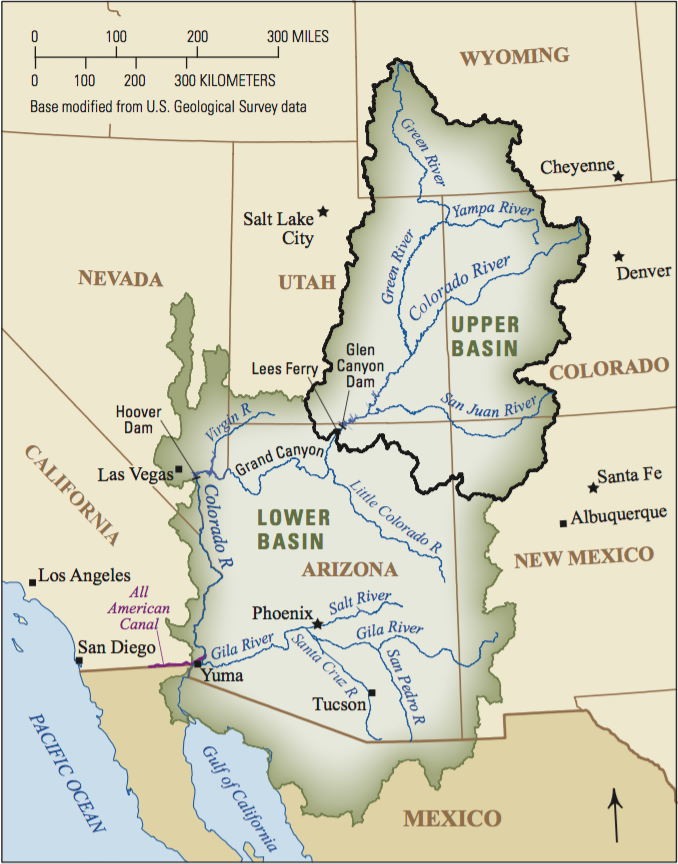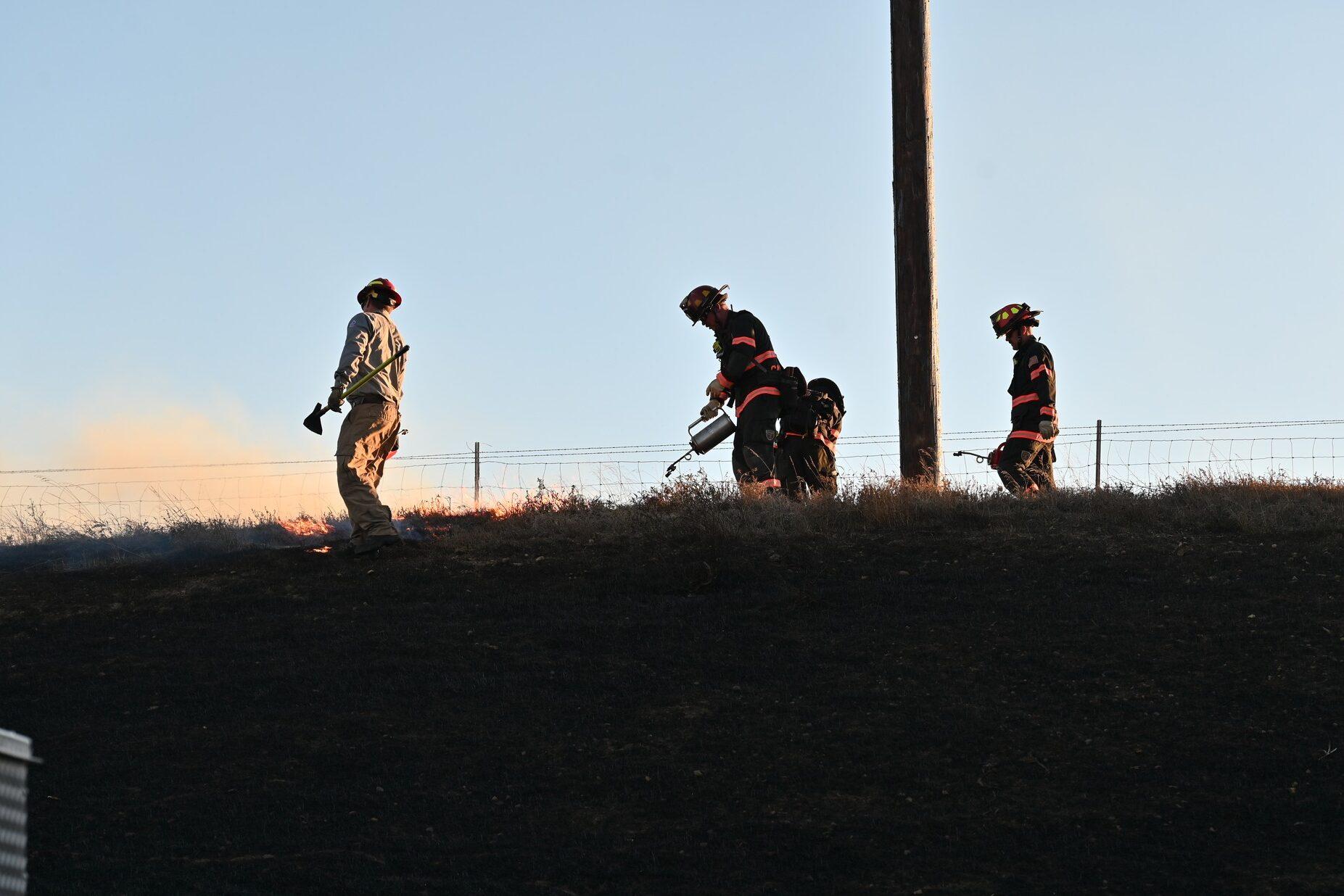

Published 6:37 a.m. | Updated 4:39 p.m.
Arizona lawmakers were facing a deadline Thursday to let the state join a drought plan for the Colorado River or risk blowing up a compromise that was years in the making for the seven states that draw water from the constrained river.
Arizona is the only state that requires legislative approval to join the agreement in which states would take less water from the river in hopes of keeping major reservoirs from reaching catastrophically low levels.
The Arizona House and Senate were scheduled to debate the legislation in marathon sessions on Thursday.
Approval by the Legislature would be the final puzzle piece needed to avoid potentially more severe cutbacks imposed by the federal government.
U.S. Bureau of Reclamation director Brenda Burman has said she's facing pressure from other states to limit Arizona's water deliveries without a complete drought plan. Arizona has junior rights to river water and would be hit first and hardest if Lake Mead on its border with Nevada drops to shortage levels.
Burman set a Jan. 31 deadline for all parties to agree to voluntary cutbacks before she'll begin proceedings to impose them.
The river serves 40 million people in Wyoming, Colorado, Utah, New Mexico, Arizona, Nevada and California.
In Arizona, most residents would not see an impact from cutbacks, which would primarily hit farmers in Pinal County — between Phoenix and Tucson — who have the lowest-priority access to Colorado River water and stand to lose the most.
The Arizona legislation is the product of months of negotiations between major water users in the state, who agreed to reduce their take in exchange for cash or access to groundwater in the future. The farmers, who reluctantly supported the agreement, said it would require them to fallow as much as 40 percent of the county's farmland.

Arizona water officials say joining the agreement is critical to the state's water future.
"The drought is real, and there's less water in the river," Dennis Patch, chairman of the Colorado River Indian Tribes, told lawmakers this week. "We can see it. We must all take a realistic view of this river and realize it does not have as much water as it used to."
Gov. Doug Ducey, who pushed hard for the plan and deemed it the No. 1 priority for lawmakers this year, urged support Thursday for the plan.
"Today is the day," he said on Twitter. "It's time to ratify the Drought Contingency Plan."
Opposition came from state Sen. Juan Mendez, who characterized the deal as a giveaway to interest groups that promotes unsustainable water policy, ignores climate change and doesn't address the fact that Arizona will have less water in the future.
"It's really hard to see this as anything other than an effort to keep the value in the land for development and special interests," said Mendez, a Tempe Democrat who was the only lawmaker to vote against the plan during committee hearings this week. "We owe the environment a better plan."
Lawmakers are considering two measures. One would allow Arizona to join the multi-state agreement. The other includes a variety of measures to help Pinal County farmers. Those include $9 million for the farmers to drill wells, dig ditches and build other infrastructure needed for them to change from the river to groundwater.
Tucson would get more groundwater credits for treated wastewater, allowing the city to pump more in the future in exchange for providing water to Pinal farmers.
The drought plan requires Arizona to find a way to reduce its use of Colorado River water by up to 700,000 acre-feet — more than twice Nevada's yearly allocation under the drought plan. An acre-foot is enough for one to two households a year.
Colorado, Wyoming, Utah and New Mexico had their plans done in December. If Arizona's proposal collapses and the federal government steps in, those states could put some of their plans in motion to meet their obligation to other states, water managers said.
That includes sending water from reservoirs upstream of Lake Powell on the Arizona-Utah line to keep it from dropping so low that water could not be delivered to Lake Mead.









